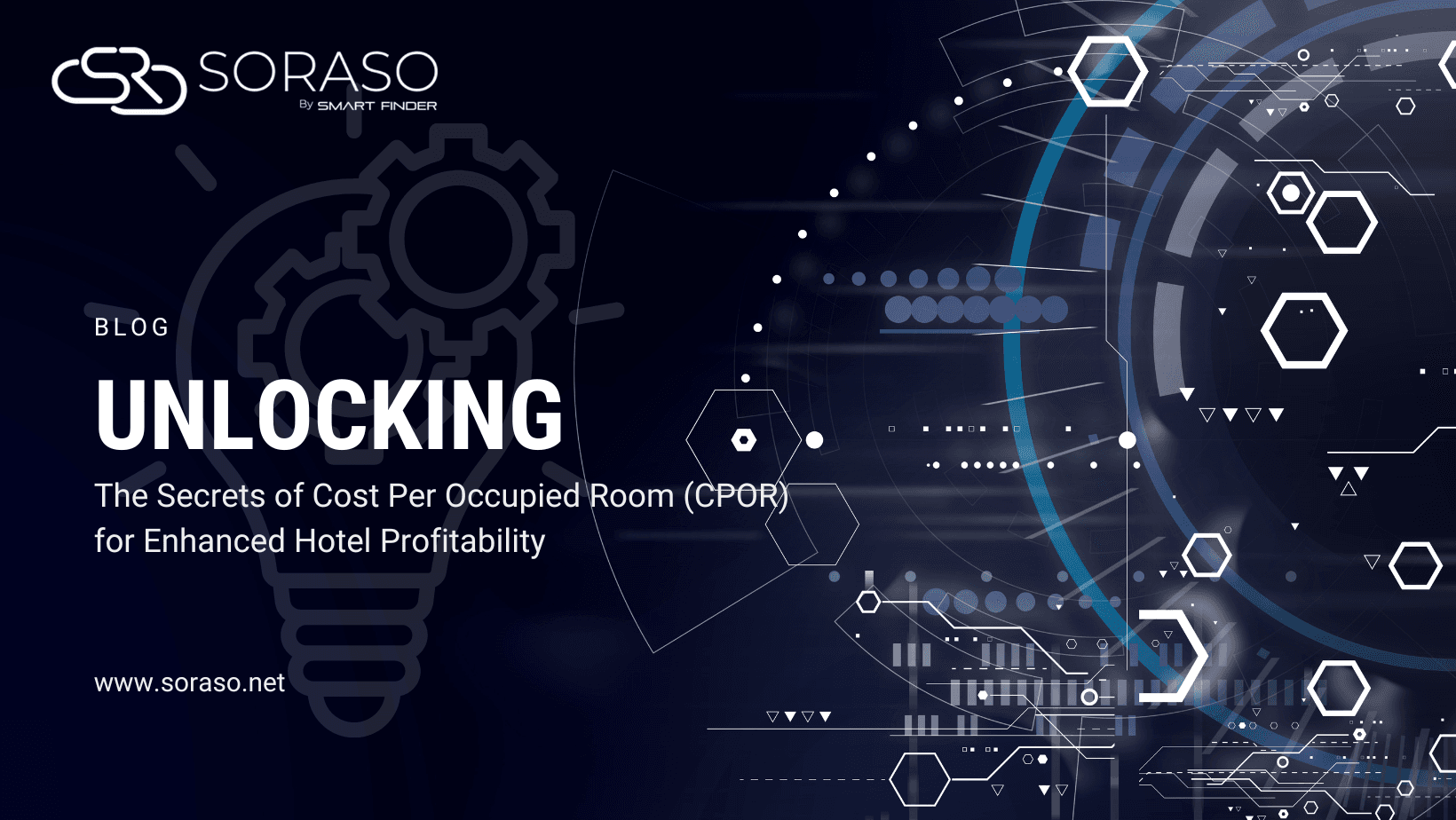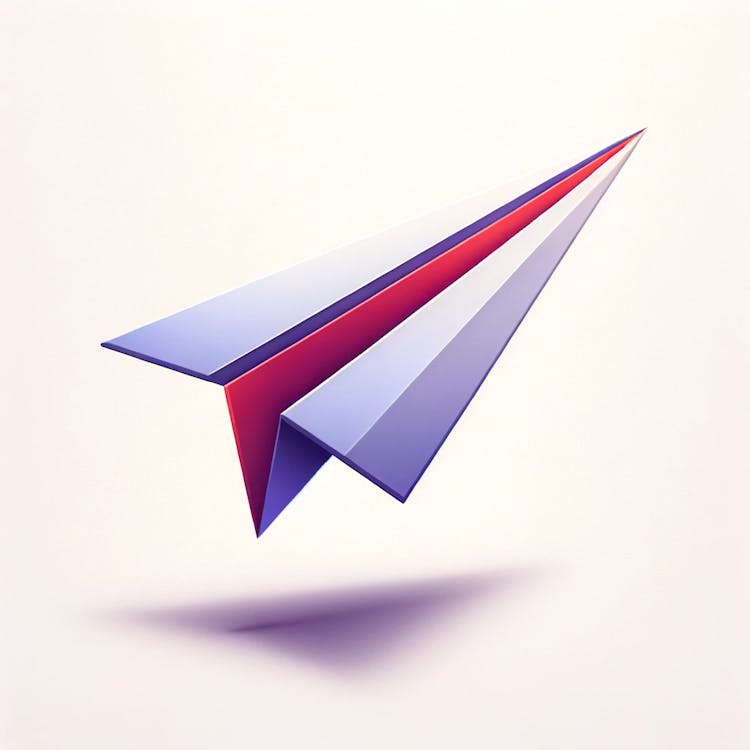Published: 2024-02-12

In the dynamic landscape of the hospitality industry, mastering the art of cost management is as crucial as driving revenue. Among the plethora of metrics available to hoteliers, Cost Per Occupied Room (CPOR) stands out for its direct impact on the bottom line. This comprehensive guide delves into the intricacies of CPOR, offering insights into its calculation, significance, and strategic applications to bolster hotel profitability.
Cost Per Occupied Room (CPOR) is a critical financial metric in the hospitality industry that measures the average cost incurred to provide a room to a guest. CPOR encompasses all operational expenses directly tied to servicing rooms, including housekeeping, amenities, utilities, and repairs, divided by the total number of rooms sold. This metric does not consider marketing costs, administrative expenses, or any fixed costs; it focuses purely on the variable costs associated with room occupancy.
Live CPOR tool is available here
Understanding and optimizing CPOR is vital for several reasons:
The formula for CPOR is straightforward yet insightful:
CPOR = Total Room Operating Costs / Total Rooms Sold
To calculate CPOR, sum up all the variable costs related to servicing occupied rooms for a given period and divide by the number of rooms sold during the same period.
Reducing CPOR, while maintaining or enhancing guest satisfaction, can significantly boost a hotel's profitability. Here are strategic ways to achieve this:
Optimize housekeeping schedules and practices to reduce labor costs. Implementing a green program, where guests can opt out of daily cleaning, not only saves on labor and supplies but also appeals to environmentally conscious consumers.
Reduce utility costs by investing in energy-efficient lighting, HVAC systems, and water-saving fixtures. These upfront investments can lead to substantial savings in the long run.
Adopt technology solutions to streamline operations, such as automated energy management systems and room occupancy sensors, to control costs without impacting guest comfort.
Carefully manage inventory to avoid wastage of perishable goods and amenities. Bulk purchasing and negotiations with suppliers can also lower the cost of consumables.
Educate your staff on cost-saving measures and the importance of efficiency. Engaged employees are more likely to contribute ideas for cost reduction and implement practices that save money.
Prevent costly repairs and downtime by adhering to a regular maintenance schedule for the hotel’s infrastructure, thus ensuring operational efficiency and reduced emergency expenses.
Cost Per Occupied Room (CPOR) is a vital metric for any hotelier focused on maximizing profitability through efficient operations. By understanding and strategically managing CPOR, hotels can not only enhance their operational efficiency but also improve their competitive edge in the market. Implementing cost-saving measures, leveraging technology, and optimizing operational practices are key to reducing CPOR and driving profitability. As the hospitality industry evolves, so does the need for effective cost management strategies, making CPOR an indispensable tool in the hotelier's arsenal.

Stay up to date with the latest news and updates from Soraso.
*By subscribing, you agree to our privacy policy
We Value Your Privacy
We use cookies to enhance your experience on our site, analyze site usage, and assist in our marketing efforts. By continuing to browse or by clicking 'Accept,' you agree to the storing of cookies on your device. To learn more about how we use cookies and your choices regarding our use of cookies, please see our Cookies Policy.